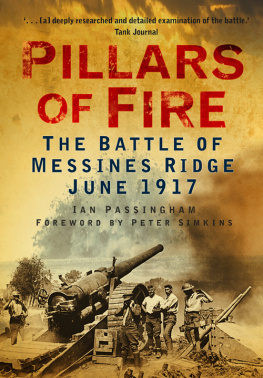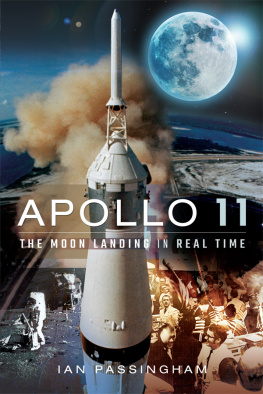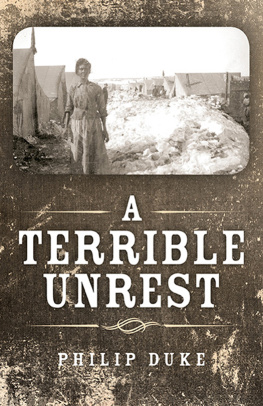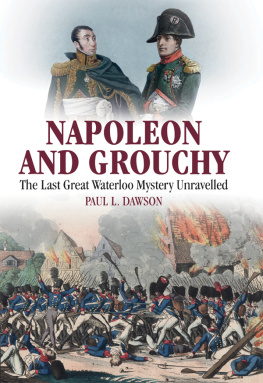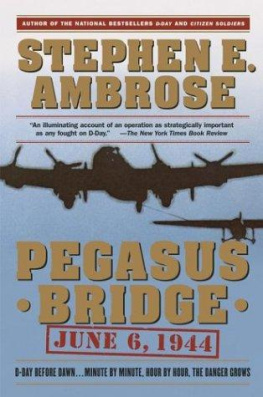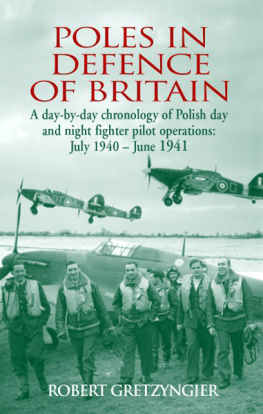
To Sally, Joe and Ellie,
for their support, patience and encouragement over the years;
In loving memory of my father and mother,
who remain a inspiration;
and
to the men who fought at Messines
and deserve perpetual recognition
for their skill, courage, sacrifice and achievement.
My first association with the remarkable story of the Battle of Messines came whilst on a battlefield tour in 1996 when Professor Peter Simkins was the guest speaker and I was amazed to discover that no book existed that covered the successful assault by the BEFs Second Army in June 1917 in a singular way. I was encouraged to fill the gap and did so, with the excellent help of the then Sutton Publishing in November 1998, which was followed by the paperback edition in 2000. Now The History Press has agreed to republish Pillars of Fire to mark the 95th Anniversary of the battle and I am delighted to have the opportunity to make it available for a new generation of historians and also to those whose relations may have fought at Messines and wish to augment their family histories and learn more about a remarkable achievement of one of their kith and kin in a war that remains so often clouded by failure, rather than ultimate victory. The process of turning ideas into the printed word is a fascinating and complex one and therefore help, contributions, opinions and good advice, whether small or large, are always most welcome. I have realised over the passage of time that research and authorship of military history, in this case, cannot be achieved in splendid isolation.
Therefore, the extensive list of acknowledgements provided in the original edition of Pillars of Fire remains extant and is reproduced below; but others should be acknowledged here. First and foremost, Jo de Vries, Senior Commissioning Editor Military History at The History Press, has been instrumental in bringing this book, as well as that on the German Army on the Western Front, All the Kaisers Men , into the public domain once more. The History Press has kept faith with my previous work and has more recently commissioned another book, based on medical support to a frontline Australian infantry battalion on the Western Front in 1917 and 1918, to be published in 2013. While every effort has been made to contact and acknowledge copyright holders of the references and illustrative material used in this publication, if any copyright holders inadvertently have been omitted they should contact The History Press directly.
Over the past decade or so I have had outstanding assistance from the Imperial War Museum Library and Archive, Department of Printed Books, Photographic, Map and Sound Archives and particular assistance from Mary Wilkinson, Simon Robbins, Stephen Walton, Angela Wootton, Chris Hunt, Colin Bruce and Peter Hart. The same goes for the National Archive (formerly PRO), plus the Bundesarchiv and the German Historical Institute, as well as other sources of the German perspective for the book. Peter Liddle and Matthew Richardson gave me free access and considerable assistance in trawling through the Liddle Collection at the Brotherton Library, University of Leeds and the staff of both the Royal Engineers Library & Museum and The Royal Regiment of Artillery Institution at Woolwich were most helpful in guiding me through the extensive primary and secondary source material held there.
My visit to the Australian War Memorial, Canberra, was pivotal in my research. The help from all the staff and resources provided there was outstanding. My particular thanks must go to Peter Stanley for his eager encouragement of my journey down under in the first place; Ian Smith, Head of the Research Department and every one of his staff; Tim Roberts and the Photographic Archive; Peter Londey; Ashley Ekins and Peter Burness. I am most grateful to Dr Robin Prior, the Australian Defence Force Academy (ADFA), the University of New South Wales, for his interest and comments on my views. The AWM gave me access to the extraordinary collection of diaries, letters and memoirs which have also helped me to paint a more vivid picture of the period by those who were there to experience it.
Other individual contributions were extensive: veterans, especially Walter Humphrys, and the narratives of many others, including Sapper John McCreesh, Kiwi Sapper Edward Leslie (Les) Hughes and Ky Walker were all brought back to the fray so vividly by their families who I was immensely privileged to meet. Other considerable help was offered and gratefully received from Jacques Ryckebosch, Albert Ghekiere, Alexander Barrie, Philip Robinson, Peter Barton, Peter Oldham, Dr Bill Philpott, Giles Allen and Cyril Coombes, as well as the many Holts travellers and members of the Western Front Association (WFA) who have shared a comment or two with me and helped to keep me on the right track; and to Freddie Cohen for providing some excellent photographs that were donated from the private Plumer family collection.
I shall be forever indebted to Holts Battlefields and History Tours for giving me the opportunity to travel on the Australians on the Western Front trip in September 1996 that led to Pillars of Fire with the encouragement, faith and stoicism of the former Managing Director, Isobel Swan, who challenged me to fill the gap in the historiography of military history at a bar in a certain hotel in Ypres (The Ariane) all those years ago!
To John Lee, Stephen Young and Joy Thomas I pass on my heartfelt acknowledgement of their assiduous work in reading and adding clarity to my original draft. Above all, I send my special thanks to Marie Joly for taking my rough sketches and often dubious ideas on graphics and creating such professional maps covering Messines and Third Ypres in particular.
Finally, Professor Peter Simkins agreed to write the foreword for the original publication and has kindly done so for this latest edition, for which I am even more grateful. It has been my immense privilege to have worked with and enjoyed his company on further historical tours and at conferences, seminars and other functions at the University of Birmingham, the Western Front Association (WFA) and British Commission for Military History (BCMH), amongst others, over the years.
Contents
1 Gen Erich von Ludendorff and FM Paul von Hindenburg with the Kaiser. (IWM: Q23746)
2 Maj-Gen Sir John Monash, GOC 3rd Australian Division at Messines. He was to become Commander of the Australian Corps in 1918. (IWM: E (Aus) 2350)
3 Pte Walter Humphrys and his colleagues prior to leaving for the Western Front. (Private Collection)
4 Capt Oliver Woodward and fellow officers of 1st Australian Tunnelling Company, June 1917. (RAE Archives and AWM P02333.002)
5 FM Sir Douglas Haig, Commander-in-Chief (C-in-C) BEF from December 1915. (IWM)
6 Gen Sir Herbert Plumer, Commander Second Army, with Gen Horne (First Army) and Gen Sir Edmund (Bull) Allenby (Third Army), Army Commanders Conference concerning plans for 1917, held on 14 February 1917. (IWM: Q1764)
7 British Prime Minister Lloyd George, who had succeeded Herbert Asquith in December 1916. (IWM: Q72740)
8 Gen Sir Hubert Gough, Commander Fifth Army. (Q 2176)
9 Headquarters (HQ) Second Army: Commander and Staff, June 1917. (Courtesy of Plumer family private collection)
10 Maj-Gen W.B. Willie Hickie, GOC 16th (Irish) Division, with Cardinal Bourne and Brig F.W. Ramsey (48th Brigade). (IWM: Q1650)
11 Troops from 3rd Australian and 25th Divisions study the scale model of the battlefield, 6 June. (IWM E (Aus) 632/IWM: Film Archive, IWM 197 Reel 1)
12 Troops of 3rd Australian Division leaving the scale model area. (IWM: Film Archive, IWM 197 Reel 1)
Next page
